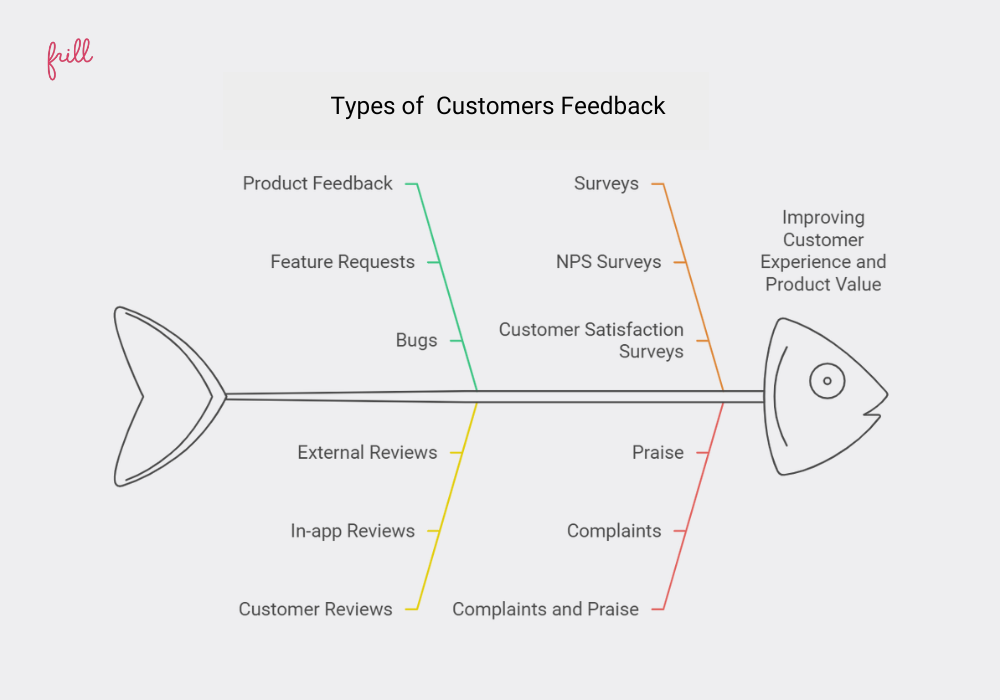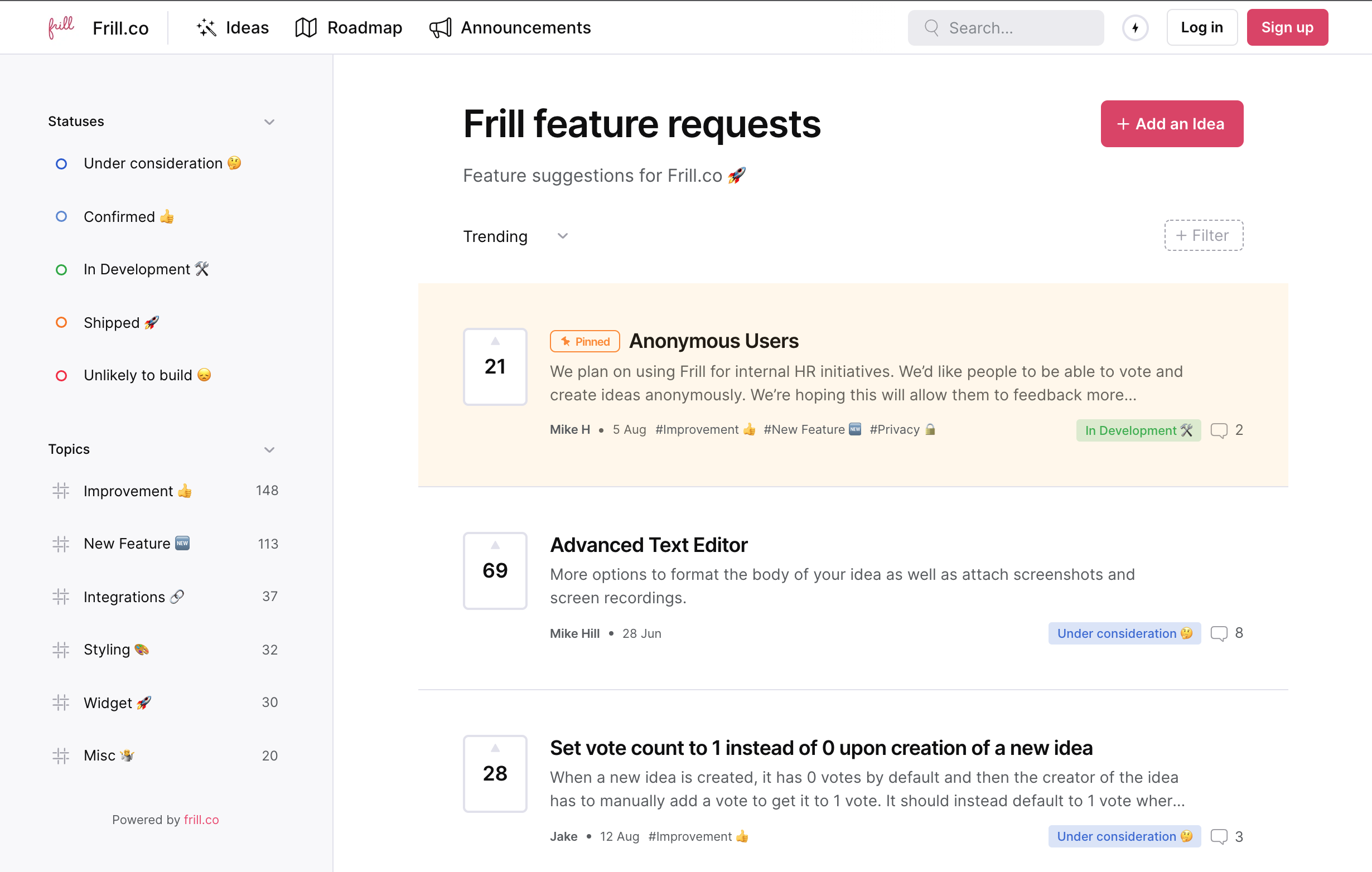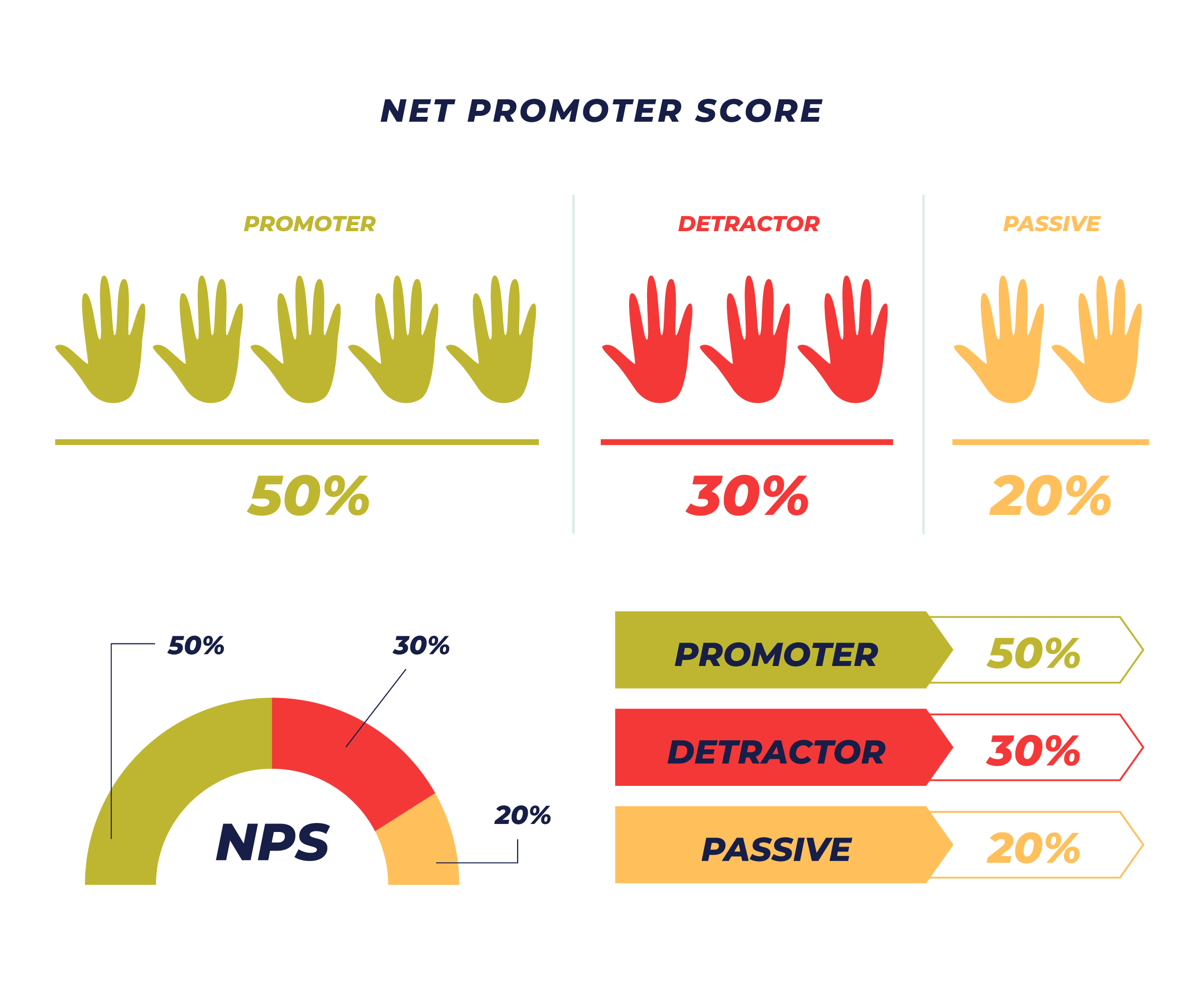Understanding and Implementing Real-time Feedback for SaaS Success
Last updated on Wed Nov 20 2024
Customer feedback refers to the various ways to obtain information from a customer about their experience(s) with using a particular product.
Feedback could be obtained either later or in real-time as the customer interacts with the product. In recent times, real-time feedback seems preferred over feedback obtained later.
What Is Real-Time Customer Feedback?
Real-time customer feedback is simply collecting, analyzing, and responding promptly to feedback shortly after they use or interact with a product, brand, or service. It involves understanding customers’ experiences, such that the issues noted can be improved upon immediately. Real-time feedback is a performance management strategy to boost customer satisfaction and foster business growth.
Why Is Customer Feedback Important for SaaS?
It is important to know that feedback could be positive or negative, and help companies know whether customers are happy with their products or services, or No.
Specifically, customer feedback is important to companies for the following reasons:
Customer feedback helps to measure customer satisfaction.
Identify faults in your product or services and help you rectify them.
Leads to good reviews, brand support, loyalty, and free advertising.
Reduces customer churn and increases customer retention.
Companies make better-informed business decisions to improve their products or services.
Helps with improved customer service and experience.
Collecting Customer Feedback
There are several ways to collect customer feedback. Some of them include:
Customer Feedback Surveys
User Interviews
Website Feedback
Feedback Widgets
Usability testings
Focus groups
We have discussed the importance of Customer feedback and different ways of collecting it. Let us examine the benefits of Customer Feedback to businesses.
Improves Your Business
Customer feedback can help develop various aspects of a business, including customer service, marketing, product design, and development, etc.
Increases Revenue and Profit
Customer feedback enables you to position your business to attract better quality ‘buying customers’, leading to a growth in Sales / Revenues. Businesses can grow revenues between 4% and 8% above their market when they prioritize better customer feedback. -Bain & Company
Effectively Target Potential Customers
Customer feedback provides the data businesses can use to market and sell to their target audience. This is because the feedback would contain information on what features they want to see in their ideal product, and the business can use the information to their advantage.
Provides Insight Into the Business
Negative customer feedback provides information on what businesses need to improve in their product or service. This information can also help the sales and marketing teams rethink their strategy, find leads, and create more selling opportunities.
Predicts Changing Market trends
Data from customer feedback helps a business identify changing trends and customer tastes. This can help the business adapt quickly and capture as much market share as possible, staying ahead of the market, instead of playing catch up.
Helps Stay Competitive
Responding promptly to customer feedback helps you stay competitive and avoid customer churn. Customer feedback helps identify what promotional strategy to adopt for your business to retain existing customers and attract new ones.
Customer Feedback comprises of two categories:
Passive feedback, such as Google reviews, feature requests, etc., is mostly unsolicited and is given by the customers willingly.
Active feedback e.g. surveys, reviews, etc., are requested by the company after the customer has used their product or service.
Companies can use different customer feedback to achieve the results they want. We will look at each, stating how the company can use each to its advantage.
Types of Customer Feedback

1. Product Feedback
Some product feedback types include feature requests, in-app ratings, bugs, etc.
This feedback benefits both the company and the customers, helping the company understand customer needs and preferences, and decide whether to keep buying the product. Companies should use this feedback to improve their products and inform the customers what they have done with it.
2. Feature Request
This is a common type of feedback, made by users who enjoy using the product, but want additional features included to improve their experience with the product.
Companies should review the feature request with their team and determine which to prioritize. Feedback should be given to customers on the status of their requests.
3. Bug Reports
This is an error in a product or software that makes it malfunction. It can frustrate the user experience and present huge costs for the company. They should be addressed promptly to avoid a bad customer experience and churn.
Companies should consider the impact on their product, software, and cash flow before deciding on the report. Whatever decision they take should be communicated to the customer.
4. Customer Reviews

This is another source of information for the company to enable them to improve their products or software. The reviews can be done in-app, or externally. However, the in-app review seems more effective as the customer can give their review immediately, using the app.
Companies should respond promptly to reviews (positive or negative), as reviews can help to boost sales and the overall customer experience.
5. Complaints and Questions
These may include emails, social media comments, reviews, etc. Companies should respond promptly to complaints and questions, as it helps maintain their reputation and customers’ trust.
6. Praise and Appreciation Posts
These can be an asset to any company’s marketing strategy. It is a powerful driver for customer acquisition and can drive traffic to your website, creating leads and sales.
Companies should use this opportunity to request reviews, referrals, and testimonials and build their online reputation and brand trust.
7. Customer Surveys
They are used to measure customer satisfaction using survey forms, emails, etc. They are also used to identify problem areas for improvement.
Companies should use the information from the survey to make better and more strategic decisions for the business.
8. Net Promoter Score (NPS) Surveys

This helps companies measure customer satisfaction and loyalty. It mostly uses one question to determine the likelihood of a customer recommending their product or software to another user.
Companies should use information from the NPS survey to classify their customers as either promoters of the company, passives, or detractors, and strategize appropriately.
9. Customer Satisfaction Survey
This is also used to measure a customer’s satisfaction with the product or software they have purchased. It captures the customer’s perception of the product and how well it met their needs.
The NPS and Customer satisfaction survey both track customer sentiments. Companies should use the results strategically to achieve customer loyalty and retention.
10. Sales Objections and Feedback
Sales objections are usually around the price, product fit, or competitors. Here, customers are giving you reasons for not wanting to buy your products or software.
Companies should understand and acknowledge customers’ pain points, and then offer a solution that meets both needs.
11. Customer Churn Feedback
This helps companies understand the reasons for customer churn and how to improve their product or services to prevent future customer churn.
Customers have different reasons for churning (canceling a subscription or ending a relationship). Companies should analyze the reasons for the churn, and implement the necessary changes to attract customers again.
Customer feedback is a powerful tool for growing a business, improving the overall product value, and boosting customer experience. Companies should pay attention to customer feedback, respond promptly, and use the information to implement the necessary changes in their product and business.